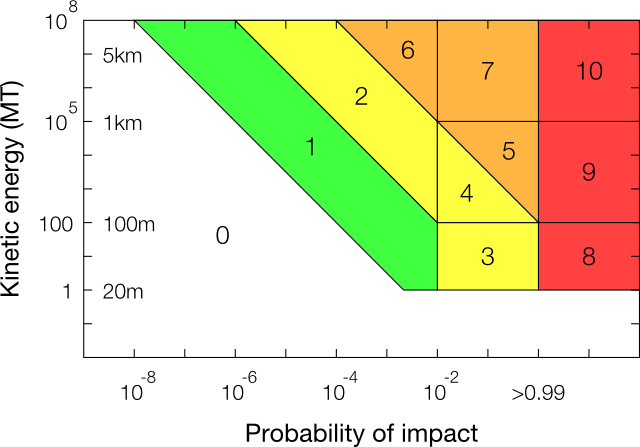“The material is classified. Its composition is classified. Its use in the weapon is classified, and the process itself is classified.”
FOGBANK is the codename of a material used in modern nuclear warheads such as the W76 used in Trident submarine-launched ballistic missiles, the W78 used in silo-launched Minuteman III intercontinental ballistic missiles and the W80 used in air-launched cruise missiles and the Tomahawk cruise missile.
Exactly what FOGBANK is, and what it does, is unknown. It has been suggested that it is an aerogel-like substance that transfers energy from the fission stage of a thermonuclear (fission-fusion) device to the fusion stage; preventing the fission stage from destroying the fusion stage before it has time to react.
In 1996, during the refurbishment process for the aforementioned warheads, it was discovered that detailed records of the manufacturing process for FOGBANK did not exist, and the facility used to manufacture it had been mothballed. Uncertain whether alternate materials would suffice, the National Nuclear Security Administration spent twenty-three million dollars on research and new facilities to recreate FOGBANK.
Unfortunately, the Mark II FOGBANK did not work correctly. Eventually it was discovered that this was due to the presence of an impurity, accidentally incorporated into original batches of FOGBANK, that was not included in the second manufacturing process. This impurity was included in the new formula as an additive and the refurbishment process was successful.
